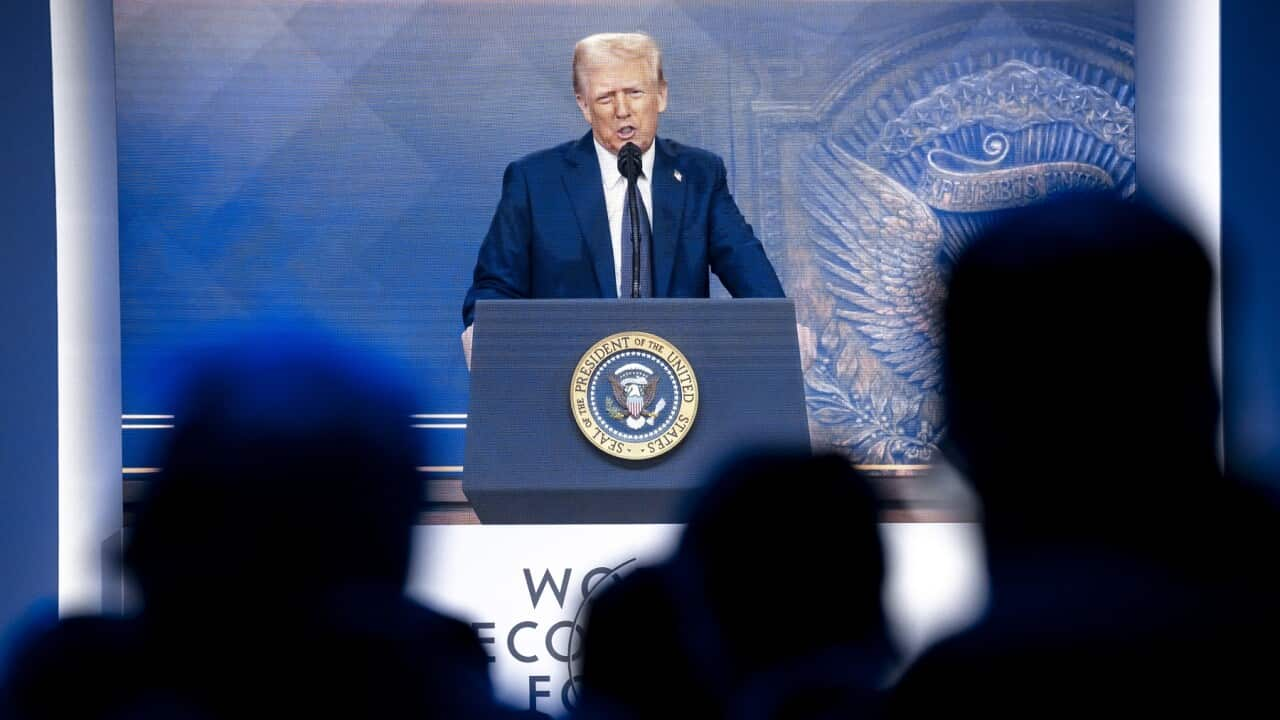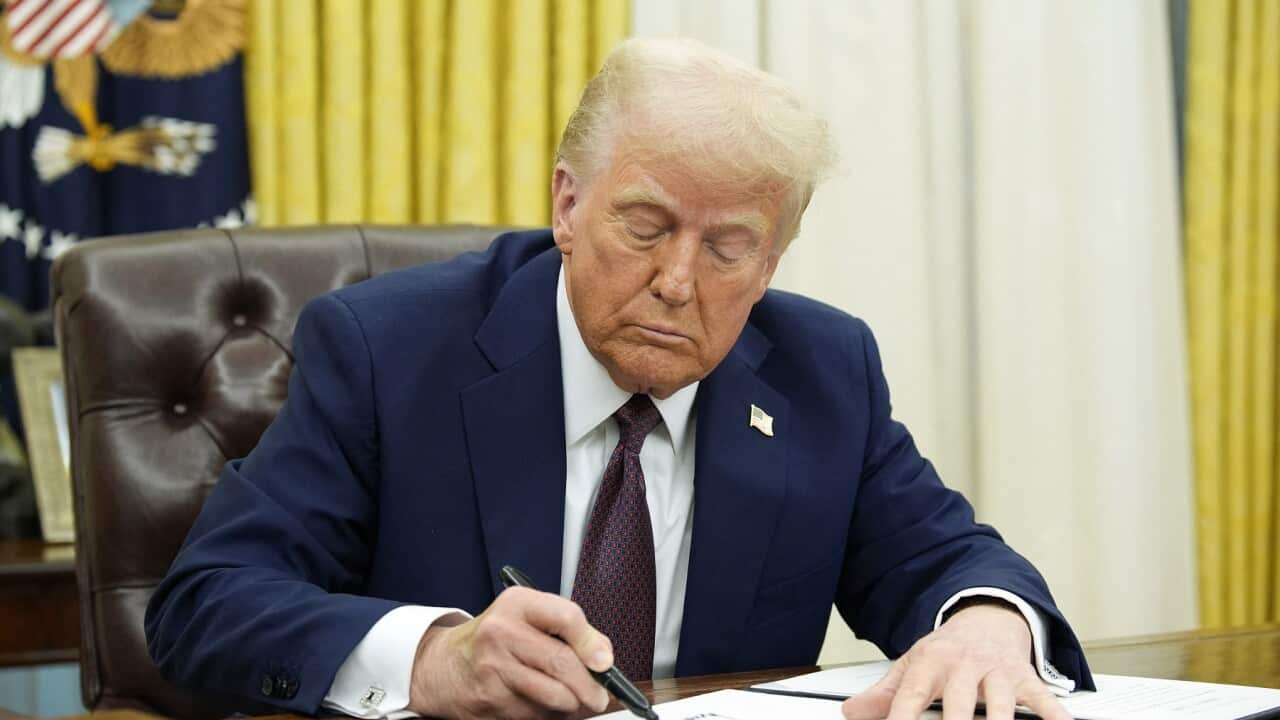TRANSCRIPT
Russia's invasion of Ukraine.
The war between Israel and Hamas.
China's rapidly growing military power.
The bombing of cargo ships by Houthi rebels in the Red Sea.
North Korea's missile tests on the Korean peninsula.
All these factors have been taken into consideration during a meeting of Atomic Scientists in Chicago, who were there to discuss ow much time remains on their so-called "Doomsday Clock".
President and CEO of the Bulletin of Atomic Scientists Rachel Bronson says trends in the last year continue to point towards an oncoming catastrophe of a global scale.
"In 2023, trends continued to point ominously towards global catastrophe. The war in Ukraine poses an ever-present risk of nuclear escalation, and the October 7th attack in Israel and war in Gaza provides further illustration of the horrors of modern war, even without nuclear escalation."
The non-profit panel is composed of some of the world's leading science and security experts.
After their meeting, it was decided that the clock would remain unchanged at 90 seconds until catastrophe.
Ms Bronson explains why.
"Last year, we expressed amplified concern by moving the clock to 90 seconds to midnight: the closest to global catastrophe it has ever been. The risks of last year continued with unabated ferocity and continue to shape this year. Today, we once again set the Doomsday Clock to express a continuing and unprecedented level of risk... It is 90 seconds to midnight."
Many people believe the Doomsday Clock's midnight represents the end of humanity via nuclear warfare, although no nuclear weapons have been used at least within the last 70-80 years.
Professor Alexander Glaser is from the School of Public and International Affairs and in the Department of Mechanical and Aerospace Engineering at Princeton university.
He explains that the threat resides in the mere existence of nuclear arms and how several nations are expanding their nuclear arsenal and what that means in a tense global environment.
"Many weapon states are currently pursuing extensive modernisation and expansion programs that will really, for the first time since the end of the Cold War and essentially providing the infrastructure that could last until 2100. China is increasing its nuclear arsenal now, standing at 500 nuclear weapons. And for the first time, at least in my adult life, there's now talk in Washington that the US nuclear arsenal will have to increase also, in order to match the arsenals of Russia and China combined. So in many ways, we're setting ourselves up for a three-way arms race, which is, unprecedented and quite, concerning. So the picture is quite bleak."
Despite its acquisition of eight nuclear submarines via the AUKUS agreement, Australia is not one of those countries seeking to expand their nuclear firepower, as the subs won't be nuclear-armed, just nuclear-propelled.
British aircraft carrier HMS Victorious' Former Lieutenant Commander Feargal Dalton has told the BBC the possession of nuclear weapons by many countries is to act as a deterrent.
"The whole point of the nuclear deterrent is that it's never actually fired. People say 'oh, it's a weapon system that would never be used.' It's being used at the moment. As we speak, at the moment, there's a nuclear deterrent out there. The Vladimir Putins of this world know that it's out there and they know that it's credible and that we could use it if needs be."
But the expansion of military firepower is not the only real threat to humanity.
The statement from the Bulletin of Atomic Scientists also pinpoints inaction on climate change, the evolution of biological threats and the unchecked rise of artificial intelligence as primary threats of global catastrophe.
Senior Research Scholar at Stanford University's Centre for International Security and Cooperation Dr Herbert Lin explains the dangers of AI.
"AI has lots of potential for magnifying corruption in the information environment and making, this in the disinformation problem worse. And that's really bad because it the threat multiplier effect means that we're not going to be able to solve other hard problems like nuclear war and climate change. And so that's really tough."
The Bulletin of Atomic Scientists, which was founded in 1945 by Albert Einstein, J. Robert Oppenheimer, and University of Chicago scientists who helped develop the first atomic weapons in the Manhattan Project, attempts to educate people on potentially world-ending dangers.
The clock was established in 1947 as a symbolic timepiece, showing how close the world is to its demise.













